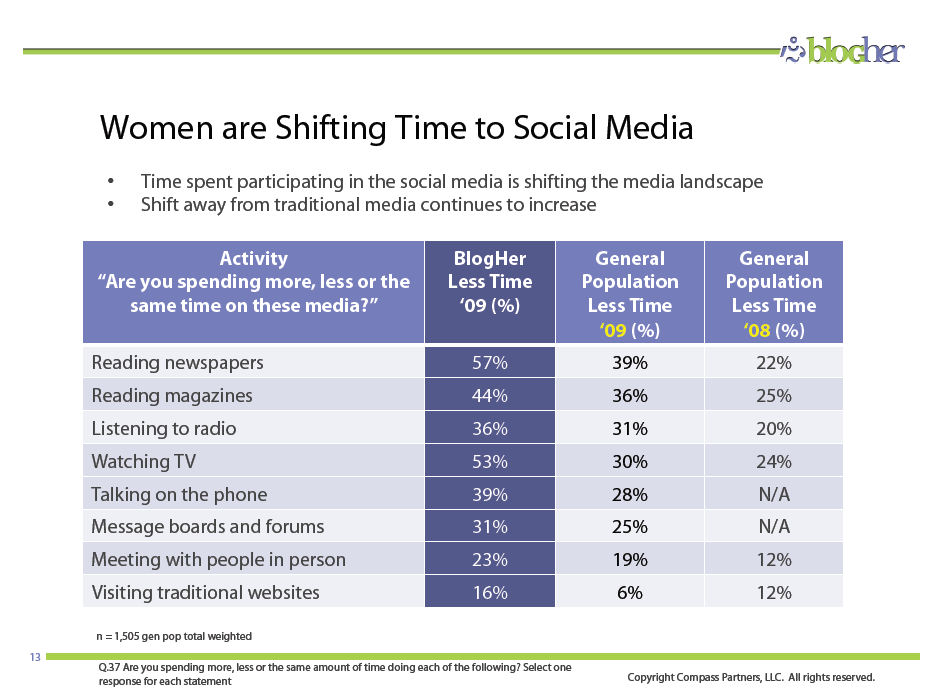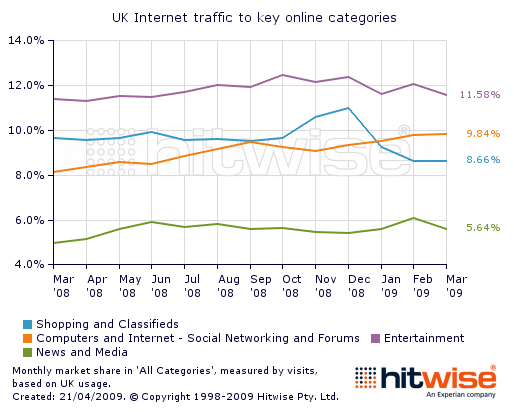Best feature of social networks? The Pick-a-boo effect…
 Don’t we love to play this game with kids because we know how happy it makes them… Pick-a-boo. But as adults using social networks: What is it that makes us happy? Some weeks ago, I asked some friends of mine who in turn asked friends of theirs as well as their colleagues: What is the main benefitial feature of social networks? The most frequent answer that came up was the ‘Who has been on your profile lately’ feature which goes along the lines of ‘The Pick-a-boo’ effect.
Don’t we love to play this game with kids because we know how happy it makes them… Pick-a-boo. But as adults using social networks: What is it that makes us happy? Some weeks ago, I asked some friends of mine who in turn asked friends of theirs as well as their colleagues: What is the main benefitial feature of social networks? The most frequent answer that came up was the ‘Who has been on your profile lately’ feature which goes along the lines of ‘The Pick-a-boo’ effect.
Now, what does that mean ‘The Pick-a-boo’ effect’? Well, people register in social networks in order to get in contact or connected with peers, (old) friends or humans that are (or might be) interested in them or/and their work. The tricky point is that there are people in the world of social networks we don’t want to contact any longer, in the future or in general. Nevertheless, we still love to take a peek as we wonder if they are still interested in us, what they are up to and what impact is driving their lives. It’s kind of human vanity and curiosity thing. We want to compare ourselves with them, want to check out how ‘sexy’ our online (and offline) reputation is – not only in terms of business life. We want to play Pick-a-boo. We are there and everybody in social networks knows that, but we are not visible all the time. And, we would love not to be visible for everybody when we are looking at people’s profiles who appear not to be relevant for our life. But we’ll pop-up from time to time to stay ‘up to date’.
So, we make us accessible and available in social networks for those who are also users of these networks. As we don’t know the size of the target group of people who is interested in us, we want to find out about it. By this we are making the ‘ego-community’ transparent for ourselves. And most of us ‘social medians’ are eager and would love to know that, wouldn’t we? Some networks have acknowledged this desire of being famous and our nasty habit of being vain. And they satisfy our need and desire for that with great application features supporting this pick a boo effect: status updates, birthday calender or ‘contacts of your contacts’.
No matter if you are a sales person, a recruiter or a consultant. We all want to know how a person looks like after making a call, or attending a meeting or a conference. And we all want to know more about them, either because it facilitates a second conversation or because we would like to recruit someone or sell something. The more we know, the easier the effort. Playing Pick-a-boo has become standard.
The active Pick-a-boo
Let’s identify the active pick a boo effect in social networks. We try to find the person or/and go to a profile page, x-ray the contact or find out details on his mentality, personality or hobbies. So, we take a quick look at the profile and then we are off again. Sometimes, we might be going there for a second or a third time before getting in touch with that person. And the funny thing is: We know that the other person knows that we have been visiting their profile page. Is it because we want them to do the first step. Or we ‘pick-a-boo’ just to let them know, someone is interested.
The passive Pick-a-boo
The passive benefit of the pick a boo effect lies in the feature ‘Who has been to your profile’ application or widget. Although a paid service feature on some social networks (XING and LinkedIn), it is probably the most viewed or reloaded feature of active social ‘medians’, those users who have access to it. Why is this ‘pick a boo’ application so attractive for us? We can…
… receive transparency on the ego-community
… monitor the quantity and quality of visitors to our profiles
… identify our ‘personal branding target group’
… evaluate our job market options
… see how often Google is used for ‘Recruit-Googling’
… see who ‘delivers’ good contacts to us
and finally the best of all parts: Via the passive pick a boo effect, we can contact people and definitely have a starting point for a business and/or private conversation.
Spot On!
Seeing all these benefits of the Pick-a-boo application ‘Who has seen to your profile lately’, it surprises me that the biggest network of all, Facebook, still doesn’t have this application feature. Or will it be coming with the announcement of becoming a paid service platform? We will see…
Curious to hear your view and experience on the Pick-a-boo effect in social networks?













